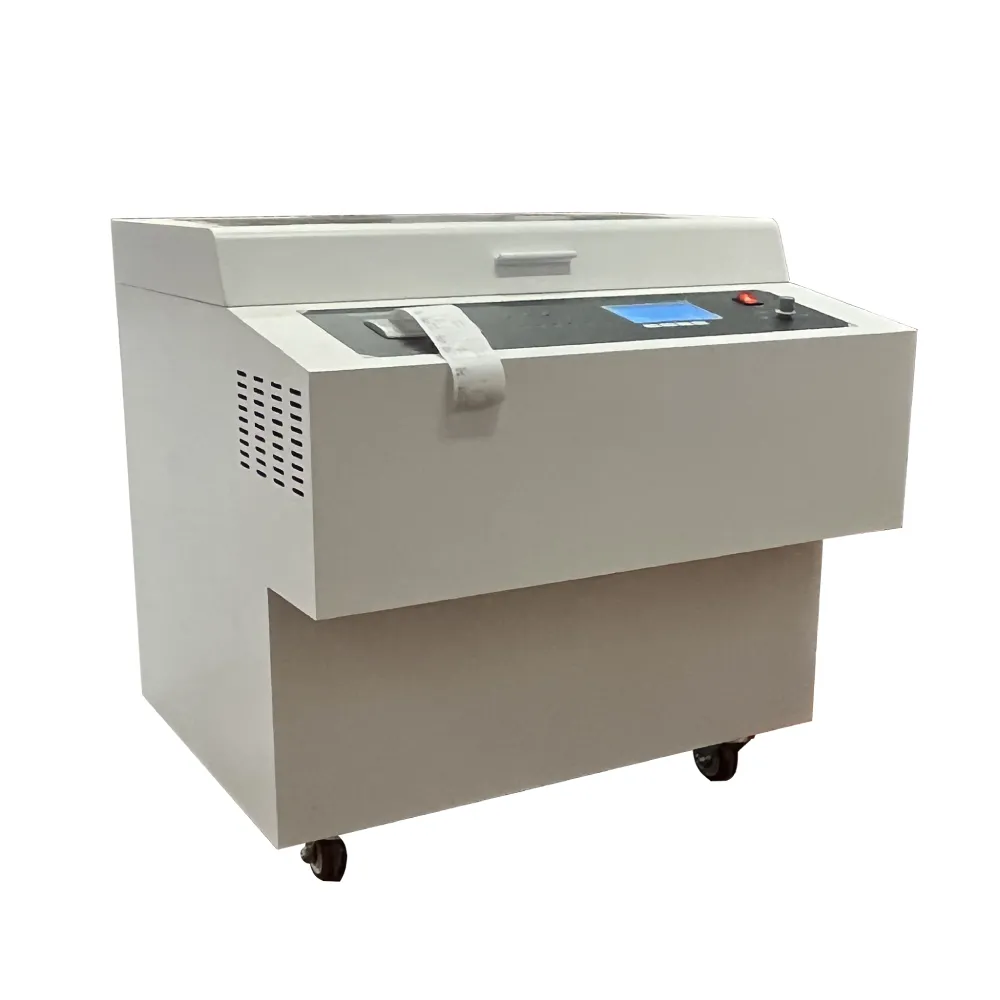 English
English


Understanding the Calculations Behind Short Circuit Testing for Electrical Transformers and Their Implications
Short Circuit Test of Transformers Understanding Calculations and Significance
The short circuit test is a crucial procedure in evaluating the performance and efficiency of transformers. It serves not only to determine key parameters such as the equivalent series impedance and losses but also acts as a reliable method to assess the transformer's condition and operational capabilities under fault conditions. This article explores the fundamental aspects of the short circuit test calculations and their significance in transformer analysis.
Purpose of Short Circuit Test
The primary purpose of the short circuit test is to measure the equivalent resistance and reactivity of the transformer's windings. By applying a reduced voltage and allowing the secondary winding to be shorted, engineers can analyze the current and voltage responses in a controlled setting. The short circuit test effectively simulates high current conditions, which can occur during a short circuit in actual operational environments. It focuses on heating losses due to copper (I²R losses) and provides insights into the transformer's behavior under overload conditions.
Test Setup and Procedure
For executing a short circuit test, the transformer under assessment must be connected in its primary winding to a lower-than-rated voltage source, while the secondary winding is shorted. The voltage is adjusted until a rated current flows through the winding. During this process, the input voltage, current, and power are recorded, enabling the calculation of important parameters.
The typical setup includes measuring devices to capture
1. Voltage (V) The voltage applied to the primary side. 2. Current (I) The current flowing through the transformer. 3. Power (P) The power consumed during the test, which indicates energy losses.
Key Calculations
Once the measurements are taken, the significant parameters can be calculated. Primarily, the equivalent series impedance (Z) of the transformer is determined using the formula
\[ Z = \frac{V}{I} \]
short circuit test transformer calculations

Where V is the voltage applied, and I is the current that flows through the winding. This impedance can be expressed in a complex form
\[ Z = R + jX \]
Where R represents the resistance (real part) and X denotes the reactance (imaginary part). Additionally, the copper losses (Pcu) incurred during the testing can be calculated using
\[ P_{cu} = I^2 \times R \]
This information is vital for understanding the losses associated with resistance in the winding and assists in predicting operational efficiency.
Implications of Short Circuit Testing
The results of a short circuit test have several far-reaching implications. First and foremost, they provide essential data for designing transformer protection schemes. Knowing the equivalent impedance helps engineers and system designers take into account the potential fault currents that can occur, thereby enabling the establishment of appropriate protective relaying.
Moreover, the test results can also be indicative of the transformer's overall health. Any significant discrepancies in expected resistance and reactance values when compared to design specifications may pinpoint aging insulation or winding damage, prompting further inspection or maintenance.
Conclusion
The short circuit test is an invaluable tool in the assessment and optimization of transformer operations. Through meticulous calculations of equivalent impedance, resistance, and losses, engineers gain insights that facilitate safer operation and prolonged equipment lifespan. Understanding and conducting these calculations with diligence is vital for system reliability and efficiency in electrical engineering practices. As technology advances, the integration of modern monitoring systems alongside traditional testing methodologies will yield even greater assurance in transformer performance and safety.
-
Differences between open cup flash point tester and closed cup flash point testerNewsOct.31,2024
-
The Reliable Load Tap ChangerNewsOct.23,2024
-
The Essential Guide to Hipot TestersNewsOct.23,2024
-
The Digital Insulation TesterNewsOct.23,2024
-
The Best Earth Loop Impedance Tester for SaleNewsOct.23,2024
-
Tan Delta Tester--The Essential Tool for Electrical Insulation TestingNewsOct.23,2024





